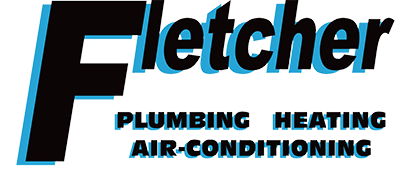As the weather is cooling off, you are probably wondering about how you’ll take full advantage of your heating and cooling. After all, HVAC bills frequently add up to a significant chunk of your monthly electric bill. To try and find ways to reduce costs, some owners look closer at their thermostat. Could there be a setting they could use to increase efficiency?
The majority of thermostats include both a ‘Fan’ or ‘Fan On’ setting. But if the fan is going during a typical cycle, what does the fan setting offer for the HVAC system? This guide can help. We’ll share just what the fan setting is and how you can use it to save money over the summer or winter.
My Thermostat Has a Fan Setting?
For most thermostats, the fan setting means that the air handler’s blower fan keeps running. A few furnaces may continue to run at a low level with this setting, but in general heating or cooling isn’t being produced. The ‘Auto’ setting, in contrast, will run the fan during a heating or cooling cycle and shut it off once the cycle is complete.
There are advantages and disadvantages to using the fan setting on your thermostat, and whether you do or don’t {will|can|should]] depend on your unique comfort needs.
Advantages to trying the Fan/On setting:
- You can keep the temperature throughout your home more consistent by enabling the fan to keep running.
- Indoor air quality will be highest since continuous airflow will keep forcing airborne particles through the air filter.
- A smaller amount of start-stop cycles for the system’s fan helps extend its life span. Because the air handler is typically part of the furnace, this means you could minimize the risk of needing furnace repair.
Drawbacks to switching to the Fan/On setting:
- A constant fan will likely increase your energy expenses slightly.
- Continuous airflow can clog your air filter soon, increasing the frequency you will want to replace it.
Should My Thermostat Be on? Fan or Auto in Each Season
During the summer, warm air will sometimes persist in unfinished spaces such as the attic or an attached garage. If you keep the fan running, your HVAC system may pull this warm air into the rest of your home, pushing the HVAC system to work more to keep up with the set temperature. In serious heat, this could lead to needing AC repair more often as wear and tear increases.
The opposite can happen during the winter. Cooler spaces like a basement will hold onto cooler air, which may eventually make its way into the rest of your home. Leaving the fan setting on could draw more cold air upward, increasing the amount of heating you need to remain warm.
If you’re still trying to decide if you should use the fan/on setting, don’t forget that every home and family’s comfort needs will vary. Leaving the HVAC system’s fan on may be best for you if:
Someone in your household deals with allergies. Allergies and other respiratory conditions can be hard on the family. Leaving the fan on can help to enhance indoor air quality, helping your family breathe easier.
Your home deals with hot and cold spots. All kinds of homes wrestle with persistent hot and cold spots that quickly evolve to a temperature different from the rest of the house. The fan setting might help limit these changes by consistently refreshing each room’s ventilation.
